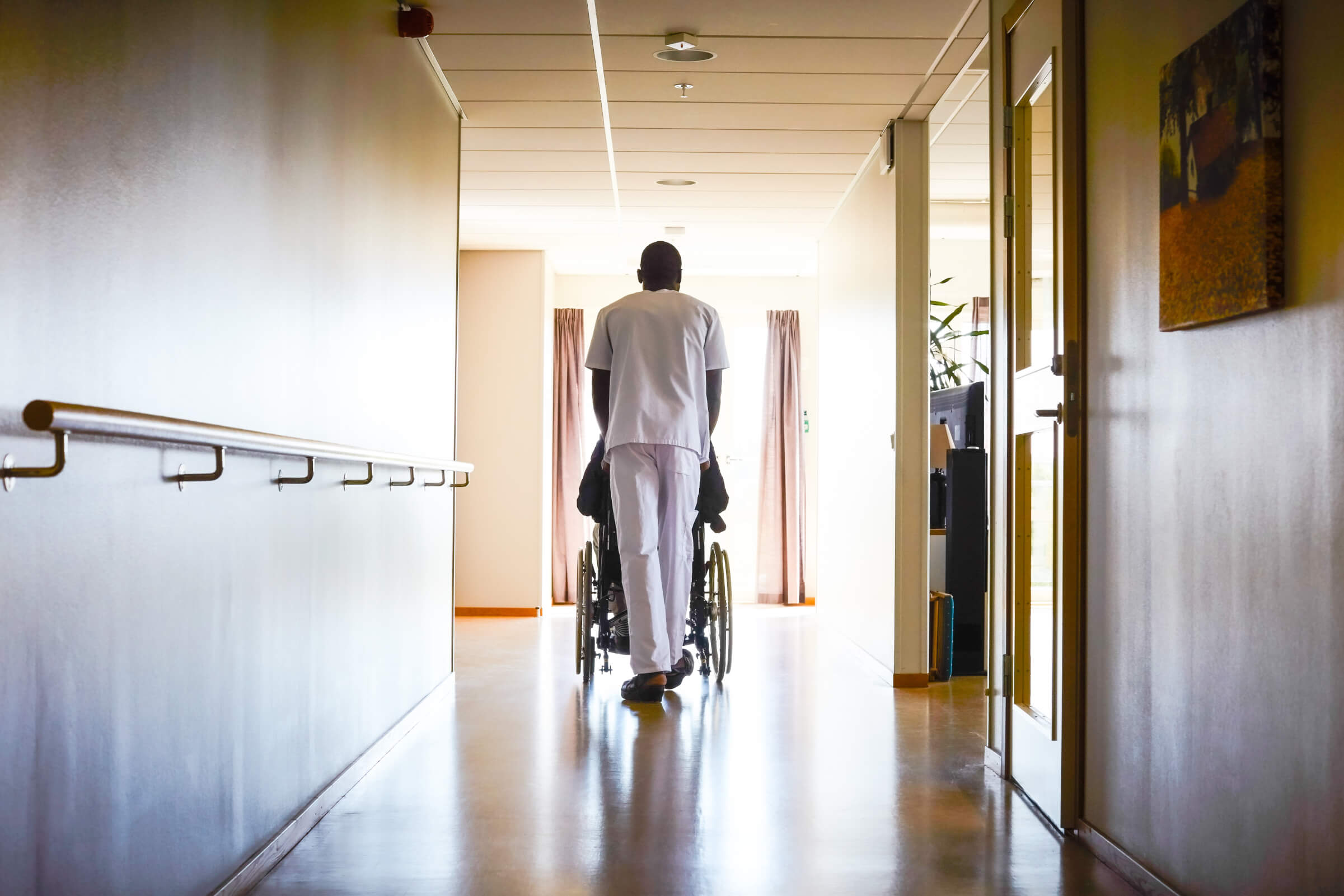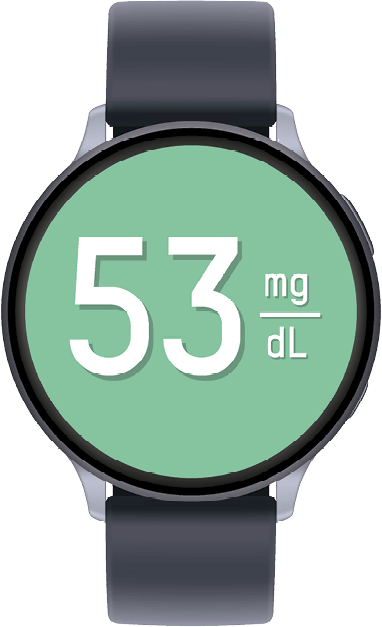In the News
STILL NEEDED: MAJOR NURSING HOME FIXES

Four years after the start of a pandemic that has killed more than 185,000 older Americans in nursing homes, have things gotten better? According to a watchdog, the federal government needs to work harder to end staffing shortages and strengthen infection controls.
The report by the inspector general of the U.S. Department of Health and Human Services also found that training for nursing home aides needs to be improved and information on best practices better shared. “Just because the public health emergency ended doesn’t mean we can go back to business as usual. There were long-standing problems in nursing homes that COVID exacerbated and rightfully brought to the fore,” Rachel Bryan, the team leader for the study, told AARP. The report found “monumental and persistent staffing challenges” as well as issues with infection control, she added. The inspector general recommended:
▶︎ Expanding programs to strengthen the nursing home workforce.
▶︎ Reassessing nurse aide training and certification requirements.
▶︎ Incorporating lessons learned from the pandemic in infection control practices.
▶︎ Providing effective guidance and assistance to nursing homes on how to comply with infection control.
▶︎ Better sharing strategies and information on the nursing challenges faced by such facilities.
On a positive note, the report found that nursing homes said the initial vaccine rollout for residents and staff worked well.
The report’s recommendations were aimed at the Centers for Medicare & Medicaid Services (CMS), which regulates nursing homes. Chiquita Brooks-LaSure, administrator of CMS, wrote in response that the agency issued a proposed rule for minimum staffing requirements in the facilities. That proposal, announced last September, outlines how government-regulated homes would need to meet specific staffing requirements for the first time.
DON’T TRUST ‘SMART’ BLOOD SUGAR TRACKERS, FDA SAYS

Some devices marketed as “smart” wearables capable of tracking blood sugar levels are not as smart as they claim, which poses a life-threatening risk to people with diabetes, officials warn.
Smartwatches and smart rings that don’t require people to prick their fingers or pierce their skin can yield blood sugar measurements that are wildly inaccurate, the Food and Drug Administration said in a recent consumer alert. People with diabetes who rely on these measurements may take improper doses of insulin or other medications that can rapidly lower blood sugar, which the agency says can quickly lead to “mental confusion, coma or death within hours of the error.”
The FDA’s warning applies to smartwatches or smart rings that claim to measure blood glucose levels without piercing the skin. It doesn’t apply to high-profile brands including Apple, Google-owned Fitbit and Samsung, which don’t make these claims.
Better Tests to Detect Alzheimer’s?
A promising new blood test could transform diagnosis of Alzheimer’s disease, a study shows.
The simple test has been found to be highly accurate at detecting two defining characteristics of Alzheimer’s disease. That could pave the way for an easier, less expensive early diagnosis of the disease that affects an estimated 6.7 million Americans. And it could lead to getting more people started on treatment for the disease with drugs such as the recently approved medication Leqembi in crucial early stages, experts say.
To make an Alzheimer’s diagnosis now, doctors use physical and cognitive tests along with pricey brain scans or invasive spinal taps. The research published this year in JAMA Neurology examined the accuracy of a blood test that identifies a specific protein in the blood, called p-tau217, among nearly 800 participants. The team found that the blood test was more than 90 percent accurate. That puts it on par with gold-standard diagnostic tools in detecting brain changes linked to Alzheimer’s disease.
The Future Is Cloudy, Say Women 50-Plus
Women voters 50 and older are downbeat about the future of the U.S. and their own financial security, regardless of their preference for the next president, according to a 2024 AARP survey of 2,001 likely older women voters. Among the survey’s key findings:
70%
of women 50-plus say the country is on the wrong track; only 27 percent say they believe America’s best days are ahead.
When asked to choose the biggest issues facing the country today:
38%
cost of living
32%
immigration
20%
threats to democracy
28%
expect the economy to improve over the next year; 42 percent expect it to get worse.
46%
of respondents say America will become less stable in the coming year; in contrast, just 19 percent say things will get better.
HEAD-ON COLLISION

Throbbing head? Be extra careful behind the wheel. Drivers ages 65 to 79 diagnosed with migraine are three times as likely to have a motor vehicle crash within a year of that diagnosis, researchers at the University of Colorado Anschutz Medical Campus found.